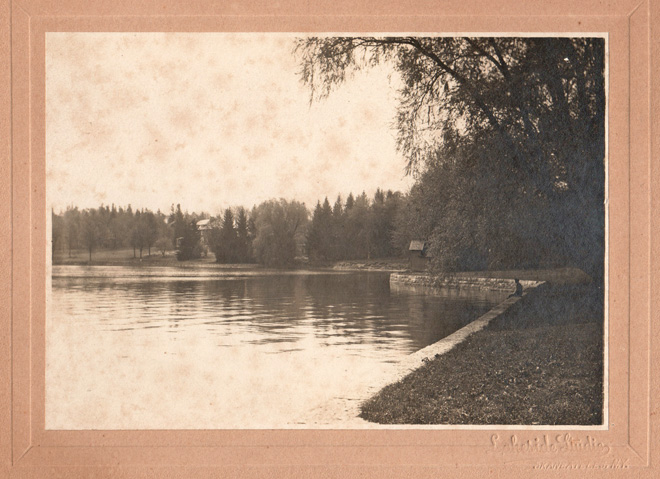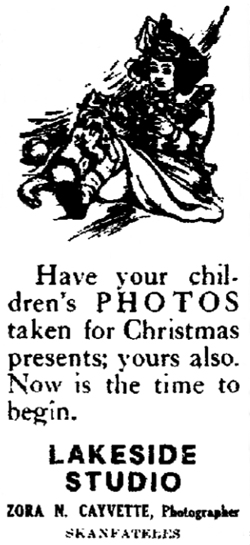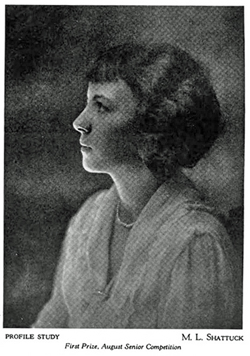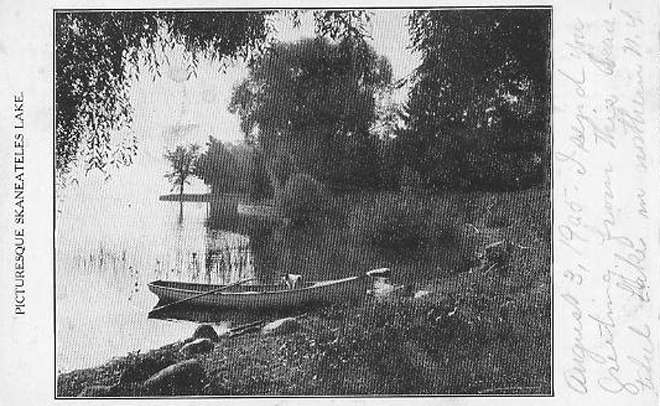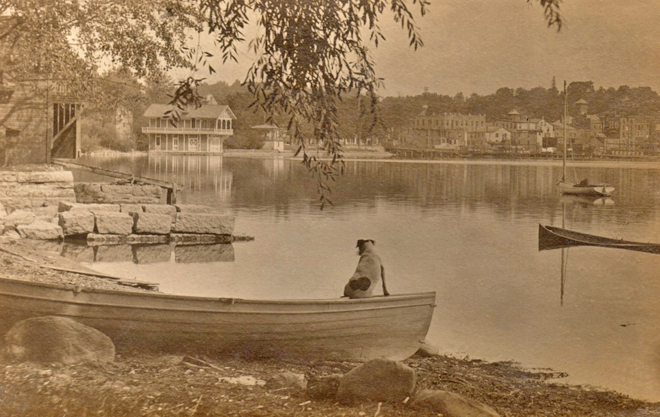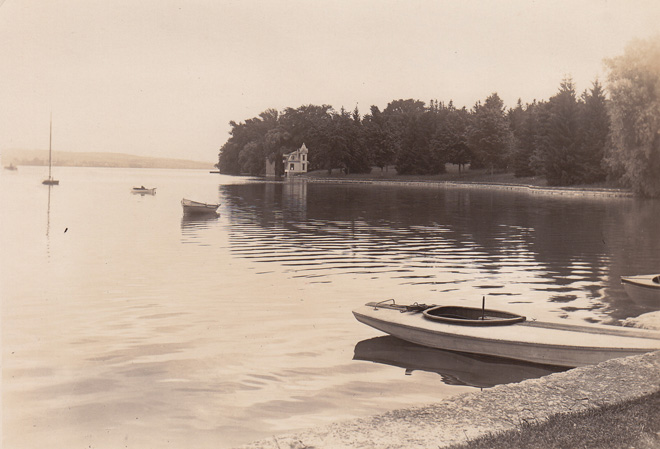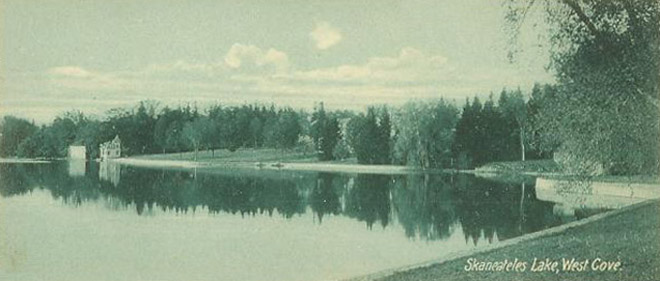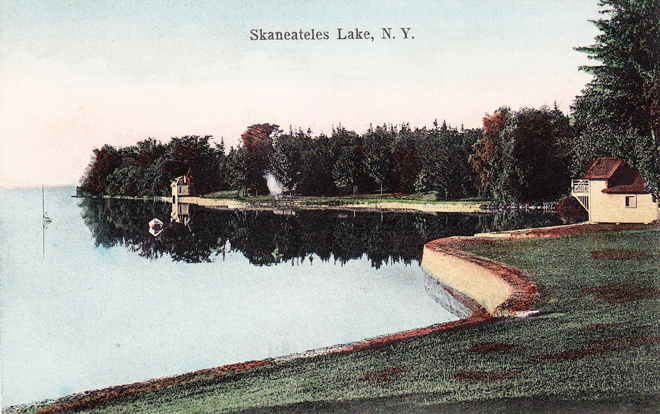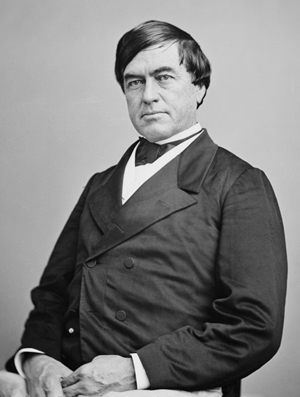
On Saturday evening, February 10, 1855, the First Baptist Church hosted Cassius Marcellus Clay, who had been invited to speak by the Skaneateles Ladies’ Anti-Slavery Society. There were 18 inches of snow on the ground in the village, but the Kentucky planter, politician and emancipationist was not hindered.
Born to a slaveholder, Clay’s awakening came at Yale University, where he heard abolitionist William Lloyd Garrison speak. Garrison’s words were to him “as water is to a thirsty wayfarer.”
When he inherited slaves, he freed them and paid them wages to remain on his plantation. He was elected to three terms in the Kentucky House of Representatives, but lost support because he called for ending slavery. In 1845, Clay began publishing an anti-slavery newspaper. Threatened with death, he barricaded the doors and set up two four-pounder cannons inside, but a mob broke in and carried away his printing equipment. He took to carrying two pistols and a Bowie knife.
In 1849, while making an anti-slavery speech in Foxtown, Virginia, Clay was set upon by six brothers, who beat, stabbed and tried to shoot him, but their pistol misfired. In the ensuing melee, Clay was seriously injured but killed one of the brothers with his own knife before fainting from loss of blood.
Clay’s 1855 appearance in Skaneateles was decidedly more low-key. The Skaneateles Democrat noted, “Mr. Clay is not the most forcible orator we have heard, but yet acquitted himself well on the occasion and left a very favorable impression on his hearers, of the sincerity and worth of his personal efforts.”
In the course of his two-hour lecture, Clay predicted that sooner or later the two antagonisms, those for and against slavery, would meet and our country would suffer all the horrors consequent upon a civil war. In that, he was terribly correct.
In the months to come, the Skaneateles Ladies’ Anti-Slavery Society hosted more anti-slavery speakers in the village. They included Joshua Reed Giddings in March, the Rev. S.H. Brown in April, Antoinette Brown in May, and Frederick Douglass in July.
* * *
Notes:
“Cassius M. Clay,” Skaneateles Democrat, February 16, 1855
In 1912, Herman Heaton Clay, a descendant of African-American slaves, named his newborn son Cassius Marcellus Clay in tribute to the emancipationist. In 1942, that son gave his own son the same name, Cassius M. Clay Jr. In 1964, after his conversion to Islam, Cassius M. Clay Jr. changed his name to Muhammad Ali.

Cassius Clay is today remembered by a namesake bourbon, with a cannon on the cork top.
Cassius Clay’s life during and after the Civil War will reward your further exploration.

